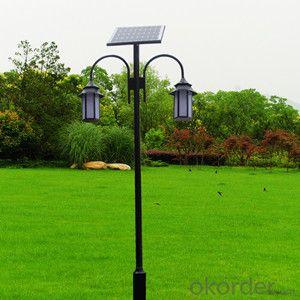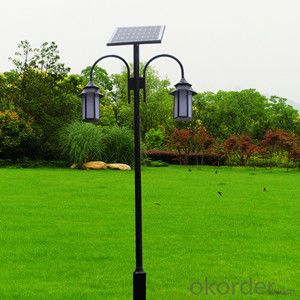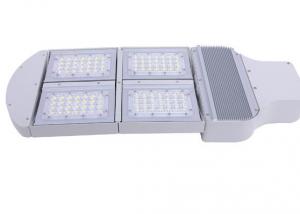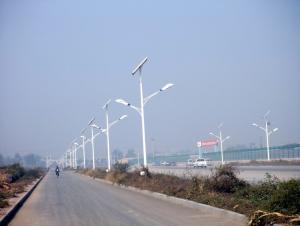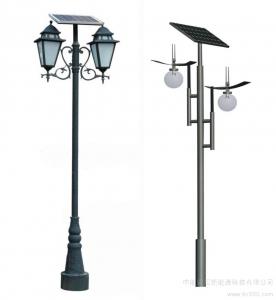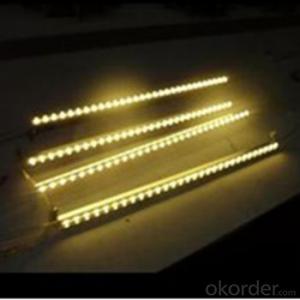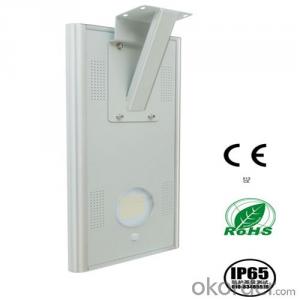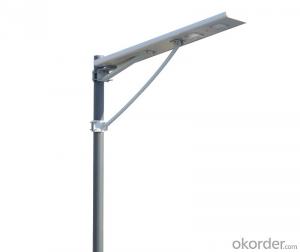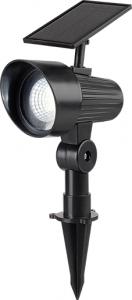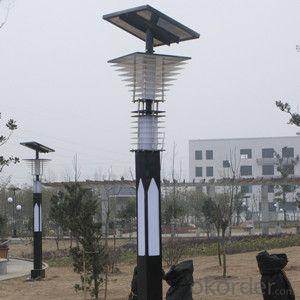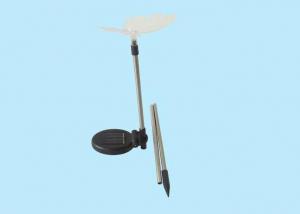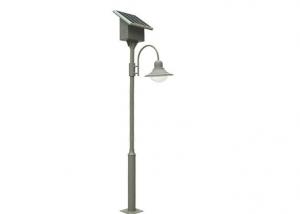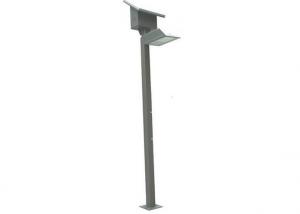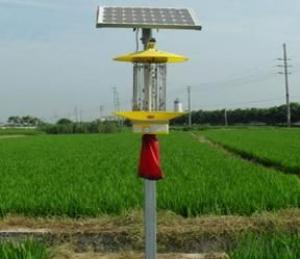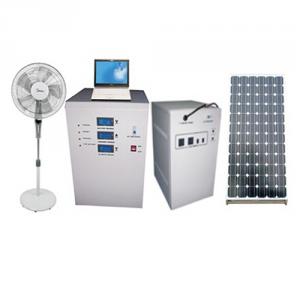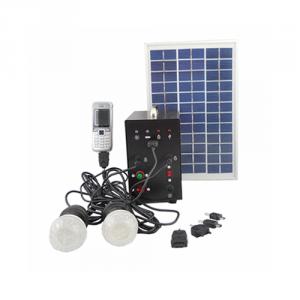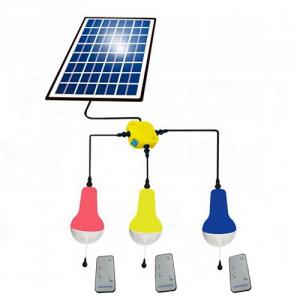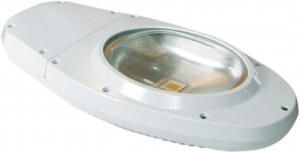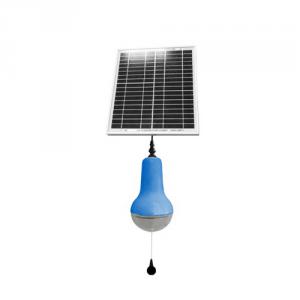Dragonfly Solar Light LED Solar Garden Lights JMTT-015
- Loading Port:
- Shanghai
- Payment Terms:
- TT OR LC
- Min Order Qty:
- 10 pc
- Supply Capability:
- 10000 pc/month
OKorder Service Pledge
Quality Product, Order Online Tracking, Timely Delivery
OKorder Financial Service
Credit Rating, Credit Services, Credit Purchasing
You Might Also Like
| No. | Model | Specification | Lifetime | Guarantee | Certificate |
| 1 | Pole | hot zinc-plated steel metallic paint, color could be customized , with all-stainless steel fasteners, 2.8-3.5m height | 20years | 10 years | CE |
| 2 | Lamp | LED ball lamp (color optional), 5W, 7W, 9W | 80000hrs | 5 years | CE. ROHS |
| 3 | Controller | Solar intelligent special controller, with light control switch | 3-5years | 3 years | CE. ROHS |
| 4 | Solar Panel | 20W ~ 60W imported poly-crystalline silicon solar cell module dedicated service life of 20 years | 20years | 5 years | TUV |
| 5 | Battery | 25AH ~ 70AH maintenance-free lead-acid battery, overcharge and over discharge protection, 3 years life. | 7-8years | 3 years | UL |
| 6 | Accessories | Panel bracket, base anchor bolts, cables, fasteners ect. | 10years | 3 years | CE |
| Please contact our sales for suitable system design! | |||||
- Q: Can solar lights be used for camping trailers or RVs?
- Yes, solar lights can be used for camping trailers or RVs. They are a great alternative lighting option as they are portable, energy-efficient, and do not require any electrical wiring. Solar lights can be easily installed on the exterior or interior of the trailer or RV, providing illumination during camping trips without draining the battery or relying on traditional power sources.
- Q: How do you dispose of old solar lights?
- Old solar lights should not be thrown in the regular trash as they contain batteries and other hazardous materials. The best way to dispose of them is to take them to a recycling center or contact your local waste management facility for guidance.
- Q: Can solar lights be used for temporary lighting in construction sites?
- Yes, solar lights can be used for temporary lighting in construction sites. They are a practical and efficient alternative to traditional lighting options, as they do not require electrical connections or wiring. Solar lights can be easily installed and provide sufficient illumination during nighttime operations at construction sites. Additionally, they are environmentally friendly and can help reduce energy costs.
- Q: Can solar lights be used for tennis court lighting?
- Yes, solar lights can be used for tennis court lighting. They are an eco-friendly and cost-effective solution that can provide sufficient illumination for tennis courts.
- Q: Can solar lights be used for outdoor restaurants?
- Yes, solar lights can be used for outdoor restaurants. They are a sustainable and cost-effective option for illuminating outdoor spaces, providing ambient lighting and enhancing the overall atmosphere. Solar lights are easy to install, require minimal maintenance, and can be customized to suit the specific needs and aesthetics of the restaurant's outdoor area.
- Q: Can solar lights be used for outdoor wedding venues or ceremonies?
- Yes, solar lights can definitely be used for outdoor wedding venues or ceremonies. In fact, they are a popular choice for such events due to their numerous benefits. Solar lights are powered by the sun, which means they don't require an electrical outlet or wiring. This makes them incredibly versatile and easy to install in any outdoor setting. Solar lights come in various designs, from string lights to lanterns and pathway lights, allowing you to create a beautiful ambiance for your wedding venue or ceremony. They can be hung from trees, wrapped around pergolas, or placed along walkways to illuminate the space and create a magical atmosphere. Another advantage of using solar lights for outdoor weddings is that they are eco-friendly. By harnessing the power of the sun, you are reducing your carbon footprint and contributing to a more sustainable event. Additionally, solar lights are cost-effective in the long run, as they don't require electricity and will continue to illuminate your venue throughout the night. It's important to note that solar lights need direct sunlight to charge during the day, so make sure to place them in a location that receives ample sunlight. Also, consider the weather conditions on the day of your event, as cloudy or rainy days may affect the lights' efficiency. Nonetheless, with proper planning and placement, solar lights are an excellent choice for outdoor wedding venues or ceremonies, adding a touch of elegance and enchantment to your special day.
- Q: What is the average charging time for solar lights?
- The average charging time for solar lights typically ranges from 6 to 8 hours.
- Q: Can solar lights be used for road safety or traffic control?
- Yes, solar lights can be used effectively for road safety and traffic control purposes. Solar-powered lights are a reliable and cost-effective solution for illuminating roadways, crosswalks, and intersections. They can enhance visibility, particularly in areas where traditional electricity sources are not easily accessible or too expensive to install. Solar lights can help improve road safety by providing clear and visible signage, traffic signals, and delineation of lanes, thereby reducing accidents and promoting smoother traffic flow.
- Q: Can solar lights be used for outdoor fitness areas or gymnasiums?
- Yes, solar lights can definitely be used for outdoor fitness areas or gymnasiums. In fact, they can be a great alternative to traditional electric lights in these settings. Solar lights are designed to harness energy from the sun and convert it into electricity, which can power the lights. This means that they do not require any electrical wiring or access to the power grid, making them highly versatile and easy to install in outdoor locations like fitness areas or gymnasiums. Solar lights are also highly efficient and can provide ample illumination for these spaces. They are equipped with photovoltaic panels that absorb sunlight during the day and charge the built-in batteries. These batteries then power the lights during the night, allowing for consistent and reliable lighting throughout the evening. Furthermore, solar lights are environmentally friendly and sustainable. They do not produce any harmful emissions or contribute to greenhouse gas emissions, unlike traditional electric lights. By utilizing solar lights, outdoor fitness areas or gymnasiums can reduce their carbon footprint and promote a greener and more eco-friendly environment. Overall, solar lights are a viable and practical lighting solution for outdoor fitness areas or gymnasiums. They offer convenience, efficiency, and sustainability, making them an excellent choice for these settings.
- Q: Are solar lights recyclable?
- Yes, solar lights are recyclable. Most solar lights are made using materials such as plastic, glass, and metal, all of which can be recycled. It is important to check with your local recycling facilities to ensure proper disposal and recycling of the different components of the solar lights.
Send your message to us
Dragonfly Solar Light LED Solar Garden Lights JMTT-015
- Loading Port:
- Shanghai
- Payment Terms:
- TT OR LC
- Min Order Qty:
- 10 pc
- Supply Capability:
- 10000 pc/month
OKorder Service Pledge
Quality Product, Order Online Tracking, Timely Delivery
OKorder Financial Service
Credit Rating, Credit Services, Credit Purchasing
Similar products
Hot products
Hot Searches
Related keywords
